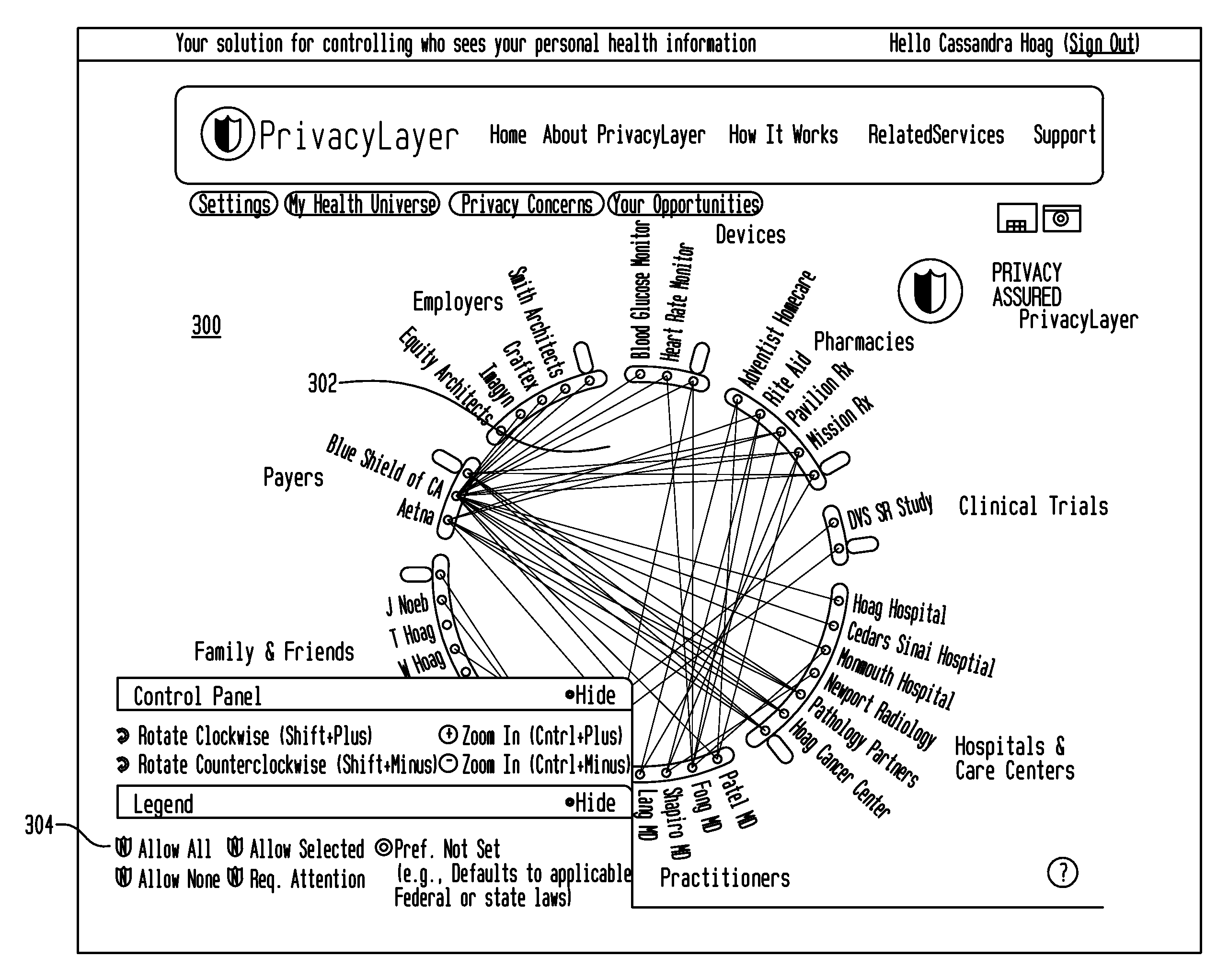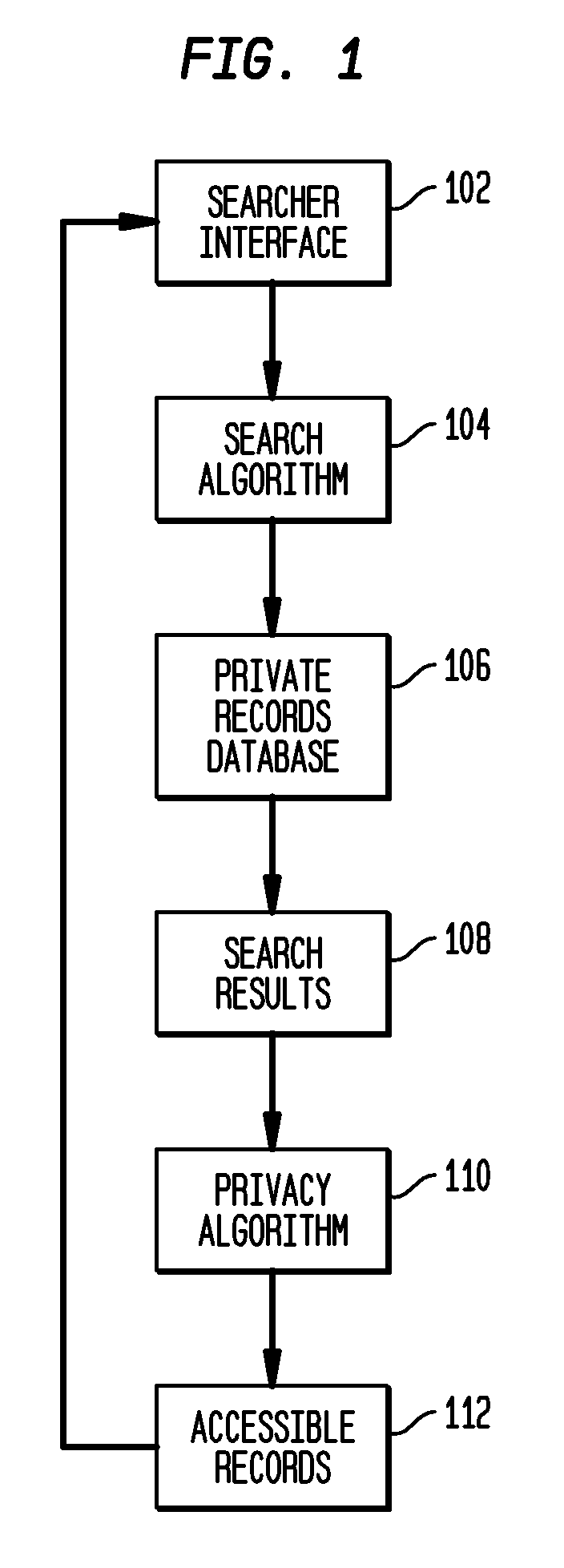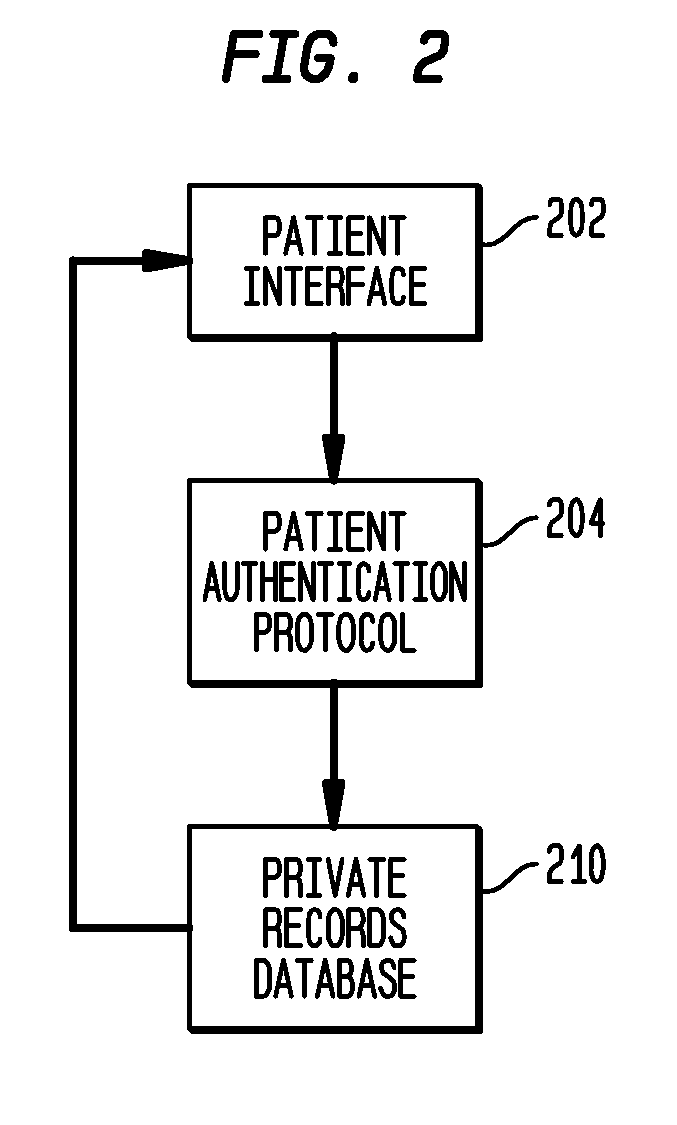The advancement of these technologies has been concomitant with a significant increase in both the amount and type of information that can be searched.
Private records are frequently excluded from the indexing systems of the commonly used search engines, and often cannot be searched via
the Internet.
This presents a problem for searchers that need to search records of a private nature, or records that contain a mixture of public and private information.
Unfortunately, difficulties in achieving recruitment goals are common, and failure to meet such goals can impede the development and evaluation of new therapies and can increase costs to the health care
system.
Poor subject enrollment is frequently mentioned as representing the most pressing challenge facing the clinical trials
community, with the failure to recruit subjects commonly listed as being the foremost reason that studies do not meet deadlines.
It is estimated that less than 10% of clinical trials are completed on time and that over 70% of trials run over schedule by more than one month, which problems reportedly result in millions of dollars in lost revenues to
drug companies.
Beyond such financial ramifications, personal and societal problems also arise from such delays, which result in delaying when pharmaceutical firms are able to get more effective treatments into the hands of individuals who require them.
According to a study conducted by
Cutting Edge Information, a consulting firm focusing on pharmaceutical research, patient recruitment costs more money and consumes more time than any other aspect of clinical trials.
And as a result, the cost of recruitment decreases and such websites can provide much more detailed information concerning the trial than more traditional media affords.
An executive of one Web-based recruiting firm interviewed for the aforementioned
Cutting Edge study reported that Web-based recruitment costs were as many as two to ten times less expensive than traditional media.
Such manual systems have had several drawbacks, including that they are very slow and do not afford an effective way to sort unqualified candidates from qualified candidates on a large-scale basis.
Persons of ordinary skill in the art will realize that while some aspects of the foregoing systems, methods and apparatuses for employment recruiting and matchmaking provide desirable attributes that would represent an enhancement over the present state-of-the-art in clinical trials recruitment, such technologies are grossly insufficient for addressing the unique needs associated with recruiting subjects for clinical trials and research studies.
However, comparatively speaking, these technologies are in their mere infancy, and systems employing them must still be designed and built.
At the same time, one of the key challenges faced in developing such systems involves affording users with high levels of
granularity in their privacy controls without making it overly taxing for them to enter these privacy preferences in the first place.
Additionally, in the instance of recruiting for participants in research studies and clinical trials, a number of practical considerations respecting informed consent, institutional review board (IRB) approvals, and the need for proponents to express highly technical concepts in simple language, introduce additional complications.
Thus, while the foregoing prior art examples illustrate a number of different means for employing
the Internet as a channel for promoting clinical trials and making it easier for patients to locate information about various studies, these methods of the prior art have heretofore not adequately addressed the privacy concerns that are consistently reflected in such
consumer research studies, nor as a corollary thereof, made it possible for researchers to search for and contact patients based on affording
ease of access to the patient's underlying confidential medical records.
 Login to View More
Login to View More  Login to View More
Login to View More 


